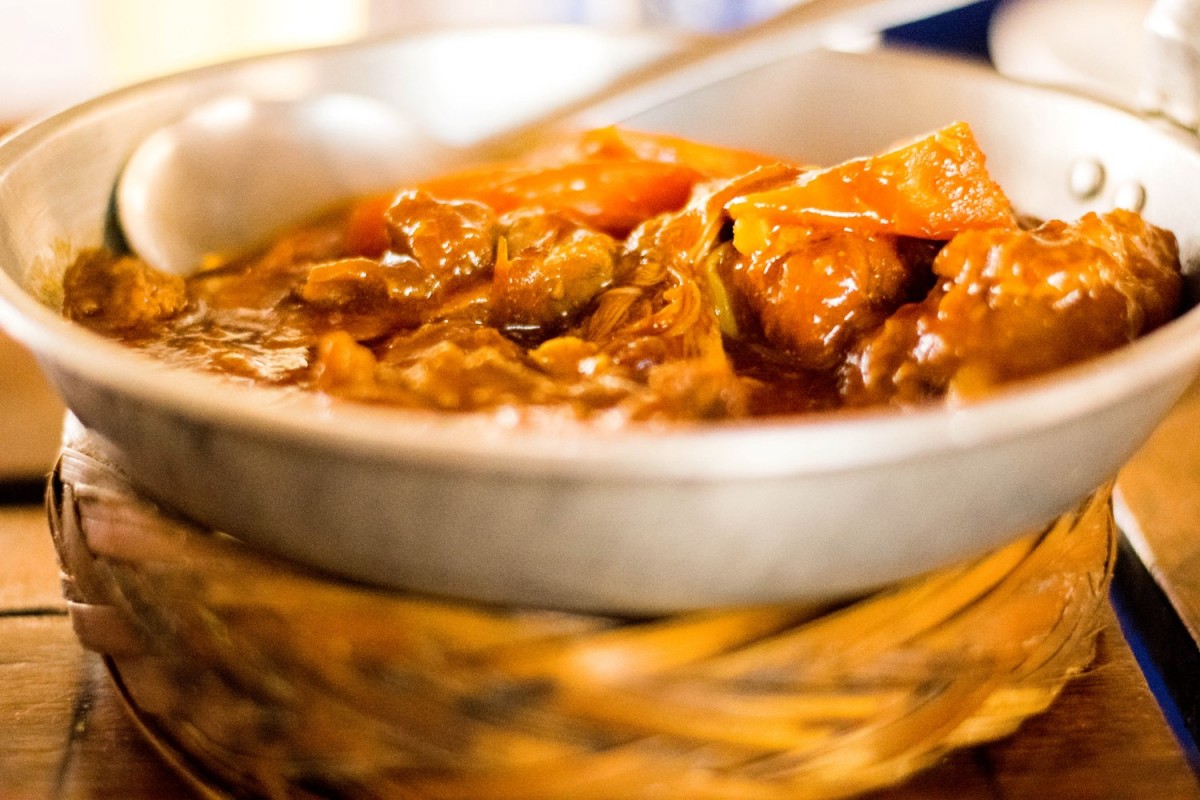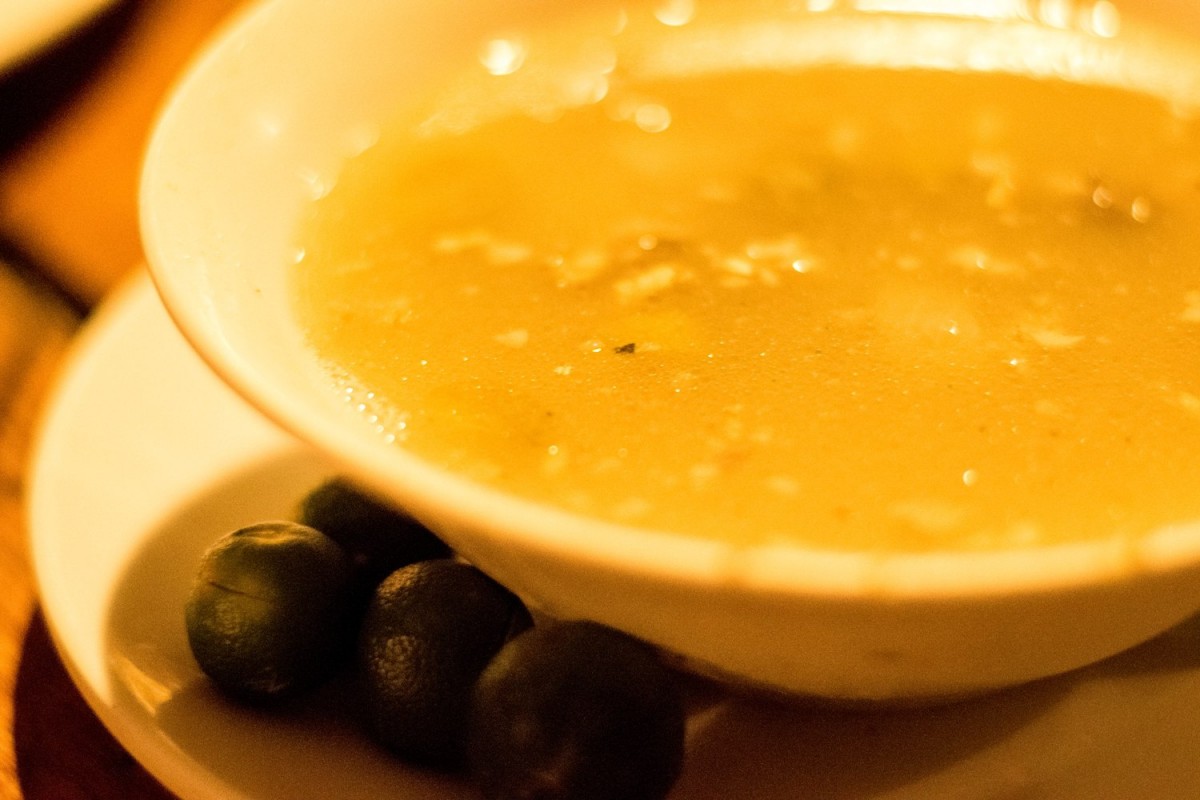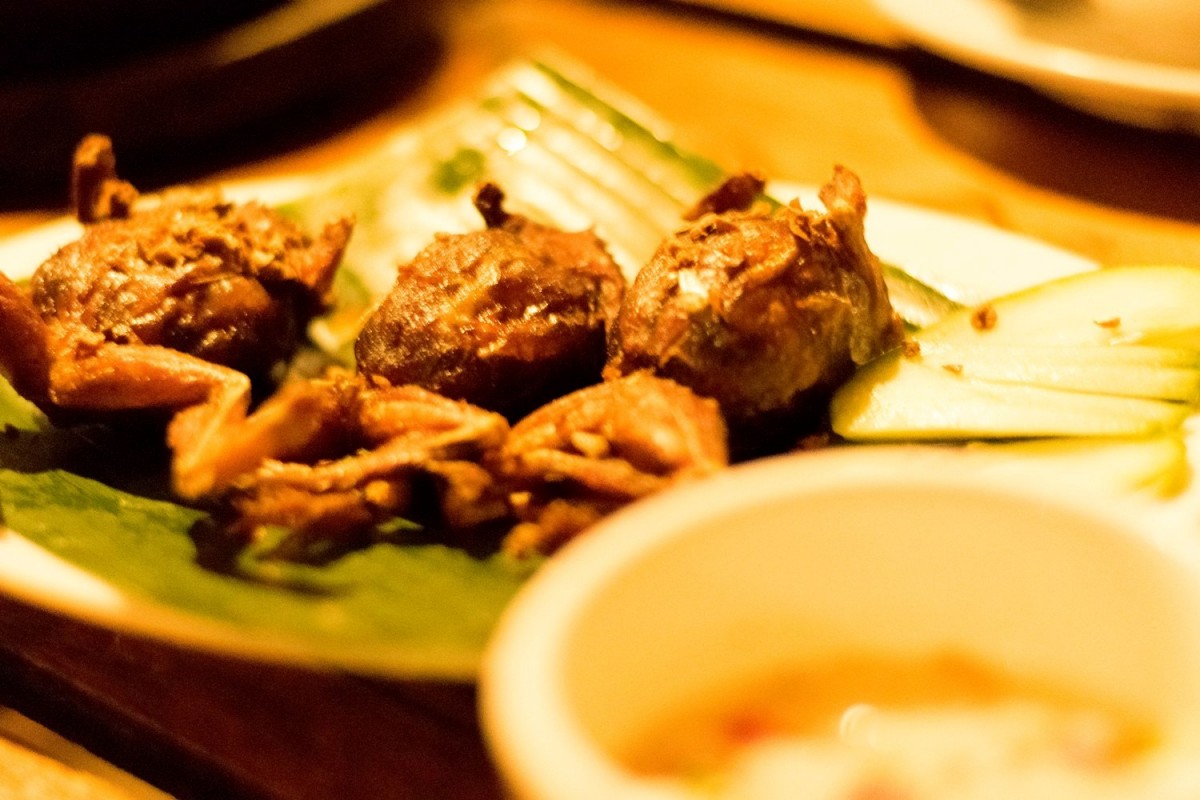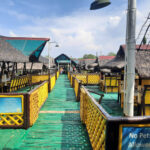Homecooked Filipino food tends to be on the safe side, save for the occasional dinuguan (pork blood stew) and kare-kare (a peanut-based stew which makes use of oxtail and tripe as its meat component). Those, however, pale in comparison with some interesting dishes from Pampanga, the province that’s also better known as the food capital of the Philippines.
There are three popular places in Pampanga where you can sample exotic dishes—Everybody’s Cafe, Camalig Restaurant, and 19 Copung Copung Grill. We’ve probably dined at the latter for over five times already, and tried different exotic Filipino dishes each time. Tickle your taste buds with these exotic Filipino food:


Batute (Stuffed Frog)
Also called “tugak,” Batute or stuffed frog is a popular exotic dish in Pampanga, Tarlac and other provinces in Central Luzon. The frog used in this interesting dish is typically sourced from rice paddies. It is filled with minced meat, carrots, onions and such as you would typically find in lumpia (spring rolls), before being submerged in boiling oil. The taste? For those worried that it may taste somewhat swampy, relax—it tastes just like chicken and has the same texture. Take our word for it.

Adobong Kamaru (Mole Crickets)
We took home Adobong Kamaru or mole crickets, cooked adobo style, which my grandmother absolutely enjoyed. In case you’re not from around here, adobo is the Filipino word for a type of stew that uses soy sauce, vinegar and garlic for its marinade or stock. Some versions of adobo uses fish sauce, like in the uplands of Cavite.
The Adobong Kamaru from 19 Copung Copung was surprisingly good, to say the least, as compared to the greasy and cringe-inducing one that we’ve tried before at another restaurant. It’s buttery and salty, crunchy and not too oily like what we had before. If you are afraid that those tiny bug parts would get in between your teeth, it won’t. The crickets are not stringy, and deep-fried in such a way that you’d feel like you’re eating your chips.
Kalderetang Kambing (Goat Meat Stew)
Kaldereta is a Filipino dish based in tomato sauce or ragu. It often involves the use of beef spare ribs, but goat is sometimes used as an alternative, especially when the dish will be served during special occasions. This one tastes markedly different from the Tagalog version in that there’s a hint of sweetness. The goat meat is firm, compared to the fall off the bone version that we cook at home.

Papaitang Kambing (Bitter Goat Stew)
Papaitan is a soup dish that contains goat innards, brain, skin and even eyes (the whole lot, yes). It derives its name from the Filipino word, “pait,” which translates to bitter in English. The bitterness is due to the bile, although the dish also has a tangy flavor, with the addition of tamarind. Papaitan is an acquired taste, but you can’t get enough of it once you got used to it.

Adobong Itik (Duck in Adobo Sauce)
This is a lovely, sweet and salty dish where the adobo sauce was reduced to the point of non-existence. I have always been a fan of duck dishes, and this one did not disappoint. The duck meat was melt in your mouth tender, almost falling apart. The flavor may be a little overwhelming, but if you are big on hearty dishes, then this one should be right up your alley.


Pork Sisig
We’d have pork sisig any time of day because it’s just too sinful to pass up on. Pork sisig is a sizzling “wok” dish that is composed of pork cheeks and other tendon/collagen-rich parts of the pig. It also sometimes include liver. Pork sisig is a popular bar chow and goes very well with ice cold beer like San Miguel Pale Pilsen; we love it as a lunch dish though.

Fried Rice in Taba ng Talangka (Crab Fat)
You can tell that we, here at BFOWB, love fatty Filipino food. While we do not recommend gorging on grease-laden food every chance you get, in 19 Copung Copung’s fried rice with crab fat/roe is a good exception. It is flavorful and rich, and the briny taste makes it go well with any kind of dish on the menu. Each serving is good for 3 to 4 persons.

Isaw (Grilled Chicken Intestines) or Pork Barbeque
19 Copung Copung also offers other grilled or skewered meat like chicken intestines or pork barbeque. If you have a craving for street foods, the restaurant definitely has something to indulge you.
(Side-note: In Cebu City, grilled pork, chicken intestines, and sausage are popular street food snacks that are usually eaten with hanging rice or puso.)
Trying Weird Filipino Food in the Philippines
The above-mentioned are just some of the most popular exotic food in Angeles, Pampanga that you ought to try in this lifetime. If you cannot go to Pampanga, some of these Filipino food can also be sampled in nearby provinces, such as Cavite and Antipolo, or even in Manila. Sisig and kaldereta are the most accessible from the list, as they are served in most Filipino restaurants.
Nearby restaurants that are somehow close to Manila that serve exotic food include Don Juan, a watering hole in Tagaytay, which serves Crocodile Meat Sisig, while family restaurant RSM Lutong Bahay serves Ginataang Kuhol (snail cooked in coconut milk). Balaw-Balaw in Rizal province is famous for its uok or beetle larvae harvested from decaying wood, cooked adobo style. It’s the same dish that celebrity chef Andrew Zimmern famously ejected from his mouth.


Other Popular Exotic Filipino Food
Food from the Philippines excites a lot of culinary experts and foodies, and it’s no wonder why. The country has a lot of regional specialties that can tickle the fancy of adventurous eaters. The exotic foods below may not be for everyone, but they’re worth a try if you want to live like a local (if you’re a tourist) and want to try exotic cuisine out of curiosity:
Ant Eggs
Also known as “abuos,” this bizarre originated from the Ilocos regions. Ant eggs are sourced from the mountains of North Luzon and sauteed with garlic or soy sauce, like adobo. It can also be eaten raw.
Bagbagis (Deep Fried Pig Intestines)
Bagbagis is an Ilocano dish consisting of deep fried pig intestines. It makes use of the pig’s large intestines and is very simple to cook. The innards are first boiled and then fried until they have a crunchy exterior. It is served with a dipping sauce made from spiced vinegar with bits of chili peppers.
Fertilized Duck Eggs (Balut)
Balut is a popular street food in the Philippines, South China, Cambodia and Vietnam. A duck egg is incubated for about 18 days and which results in a partially developed duck embryo. You eat balut by cracking off the narrow end of the shell, sipping the amniotic fluid which has turned into a broth, and then taking a bite off the yolk inside. It’s up to you if you want to eat the embryo too (I usually don’t).
Betamax (Grilled Blood Cubes)
Betamax refers to coagulated chicken blood that are skewered using barbecue sticks and then grilled. It’s a popular street food virtually anywhere in the Philippines.
Dinuguan (Pig’s Blood)
Dinuguan is a classic stew made from cubed pork meat cooked in pork blood and spices. It is a popular dish during fiestas and is commonly eaten with puto or steamed rice cake.
Soup Number Five
Soup number five is a soup made from a bull’s penis or testes. It is a well-known, exotic Filipino dish that is believed to have healing and aphrodisiac properties.
Helmet (Chicken Heads) or Adidas (Chicken Feet)
If you have eaten food from a street food vendor before, chances are you have seen a helmet or adidas as one of their food offerings. The chicken heads are either grilled or deep fried, while chicken feet is usually grilled.
Ginataang Kuhol (Snails Cooked in Coconut Milk)
Ginataang kuhol is a flavorful dish that is cooked in coconut milk with shrimp paste and other spices. It can be enjoyed both as a main dish or as an appetizer, and is often served in Filipino or seaside restaurants.
Saltwater Clam (Manila Clams)
Not sure if this counts as an exotic food, but perhaps it is in some non-coastal areas. Manila clams is a type of saltwater clam. It is a popular dish not just in Filipino cuisine, but also in Chinese and Japanese cuisine. The dish is simply cooked by submerging the clams in a small amount of water with garlic, ginger and onions. You can also steam or grill them until they open up and season with a bit of salt or even butter.
Origins of Exotic Filipino Food
Rumor has it that Filipinos learned to eat innards of red meat and poultry, as these were the scraps that they were left with to eat during the Spanish times (the country was under Spanish rule for 300 years), while their colonizers enjoyed the good stuff. Spanish dishes do include innards, however, so it may just be among the country’s many influences on local culture.
It was also believed that our predilection for exotic food can be traced back to World War II. Since food was scarce, Filipinos were said to have consumed insects and worms just to survive. Given the ingenuity of Filipino cooks, they were able to adapt the dishes with a bit of creativity and locals have been enjoying these types of bizarre dishes since.
The Most Popular Exotic Food in the Philippines
The most bizarre filipino foods are those that don’t make it to your fancy lifestyle or epicurean magazines. These are the Fear Factor type of foods that you eat when you’re stuck in the wild or an island in the middle of nowhere. If I were to rate the exotic foods mentioned above, I would say that the most bizarre dish is the Uok. The ant eggs come in at second place.
There are lots of delicious local foods in Filipino cuisine, so if you’re visiting Pampanga or any province, make sure to give them a try. As mentioned earlier, each province has its own specialty, and trying them should be on your bucket list for an honest-to-goodness travel experience.
Have you tried any of the dishes above? Which dish or popular snack do you like that did not make it to this exotic Filipino food list? What’s the most popular street food or exotic foods in your country? Share them with our readers below!










It’s my pleasure! Glad to connect with you, Nilla!
I’m yet to visit the Phillipines…
Great to meet you!
Many thanks for stopping by my Travel and Photography blog.